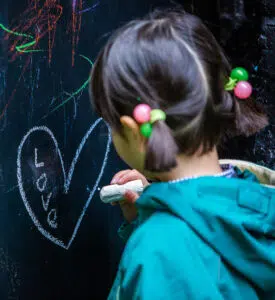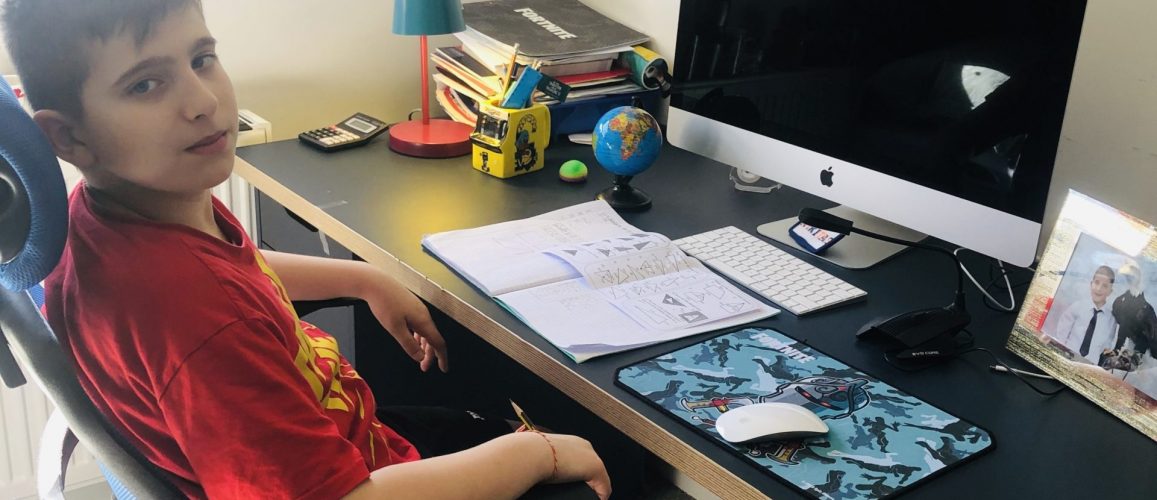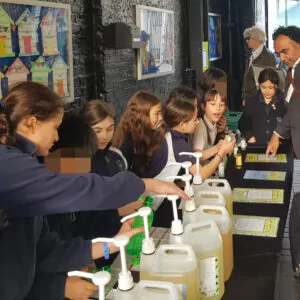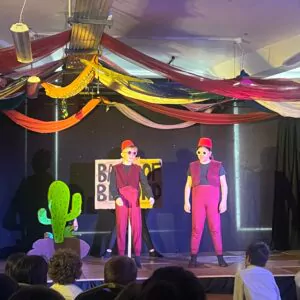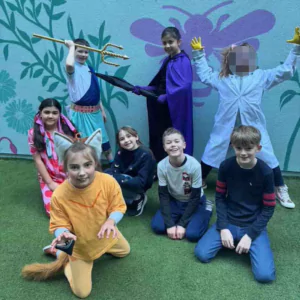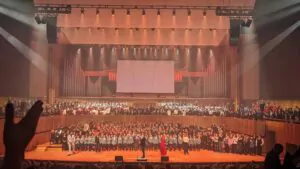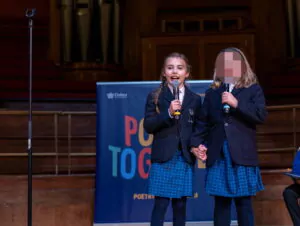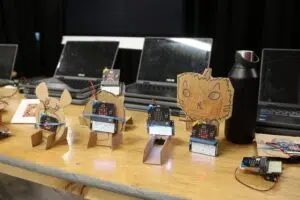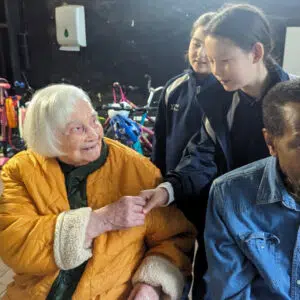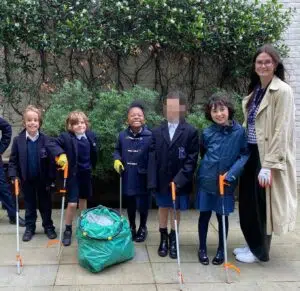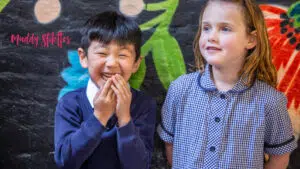During this very strange time, our fantastic staff have come up with more activities to keep children occupied inside!
Sleep investigation
This exercise is best for Years 5 & 6 (ages 9-11)
Have you ever wondered if how much and well you sleep impacts on how you feel during the next day? How about carrying out a scientific investigation?
On the table below you will record quantitative and qualitative data about your day and sleep! You could even keep record of every member of your family!
[table id=30 /]
At the end of each day, you should write a short account of how you felt during that day. For example, you might want to include you felt tired, energetic, happy or if you had a headache.
How did you feel during the next day?
Day 2:
Day 3:
Day 4:
Day 5:
Day 6:
Day 7:
Day 8:
Conclusion
Based on your data, do you think how much and well you sleep have an impact on how you feel the following day?
Did you notice any patterns? For example, the days you exercised more you were able to sleep better.
What had more impact: how long you slept or how well you slept?
Glossary
Quantitative: measure the quantity of something; for example, how many hours you slept.
Qualitative: measure the quality of something; for example, how well you slept.
Data: information collected and put together to show something; for example, to show a pattern.
Classifying organisms
(This exercise is good for Years 3 – 6, ages 7-11)
Choose a habitat from the list below or think of your own. Find out the names of 10 to 20 animals and plants that live in this habitat. Classify these organisms into the correct groups.
Habitats:
- Amazon rainforest
- Great barrier reef
- Patagonia
- Galapagos islands
- British woodland
- Your own choice: _____________________
Make a list of the plants and animals you have found:
Mammals:
Birds:
Fish:
Reptiles:
Amphibians:
Insects:
Arachnids:
Flowering plants:
Non-flowering plants:
Any other:
Challenge:
Choose either a plant or an animal, research it and draw its lifecycle. Make sure you add labels to your lifecycle naming each different stage.
Even better if you include a short description for each stage.
Glossary
Amphibians: can live on land or in water. They have backbones. There are three basic groups of amphibians. The first group consists of frogs and toads. The second group consists of salamanders, including newts and mudpuppies.
Arachnids: members of the arthropod group of animals. They include spiders, scorpions, and ticks and mites.
Invertebrate hotel
(this exercise is good for Years 4-6, ages 8-11)
Our amazing planet is home to a variety of different animals. Within their habitats, all living things have an important role. Learn about nearby habitats and help protect creatures found there by designing and building an invertebrate hotel – an ideal place for your favourite minibeast.
Choose a creature and list the type of environment this creature would love to live in. You can use books or websites to find out more about what it eats and what places it likes.
Design an invertebrate hotel for your creature. Label its key features and the materials used to make it.
Write a delicious room service menu for your invertebrate, including all its favourite things to eat.
Challenge:
- Write a short script and film an advert for your hotel, showing why the invertebrate would love to stay there.
- Write a paragraph explaining why your chosen creature is important to the environment.
Invertebrate: animals that don’t have a backbone, like insects. Some have soft bodies, like worms, slugs, and jellyfish.
